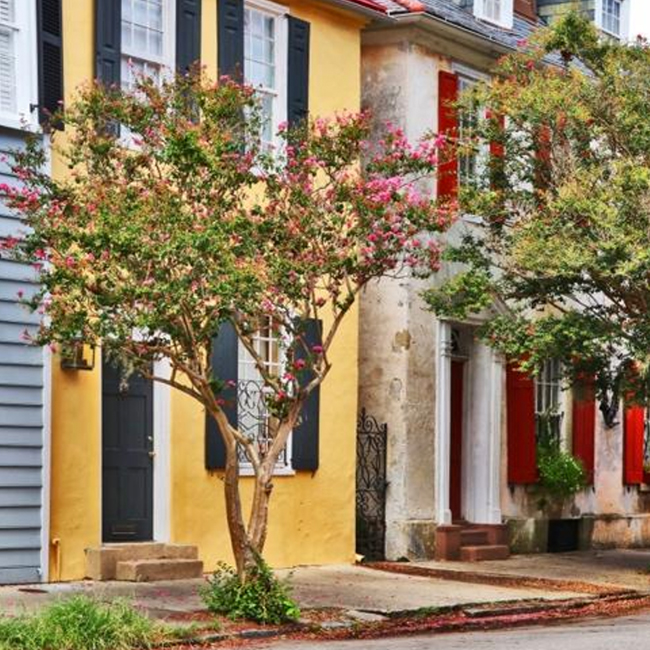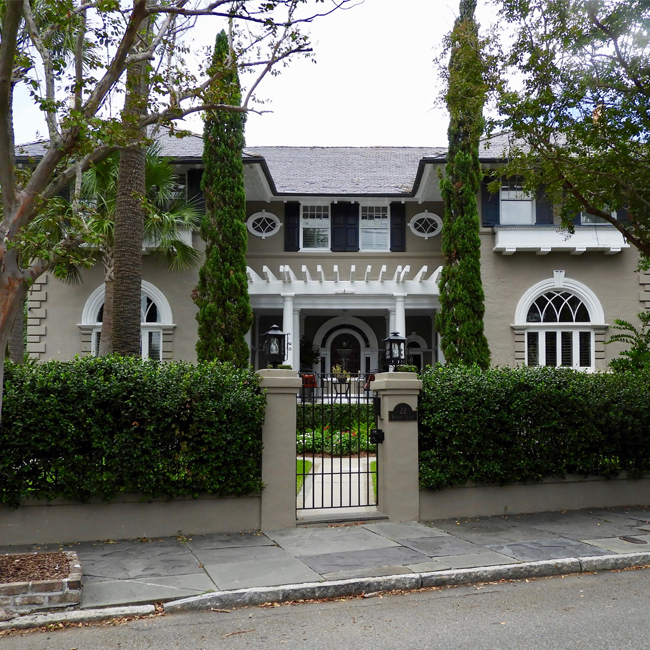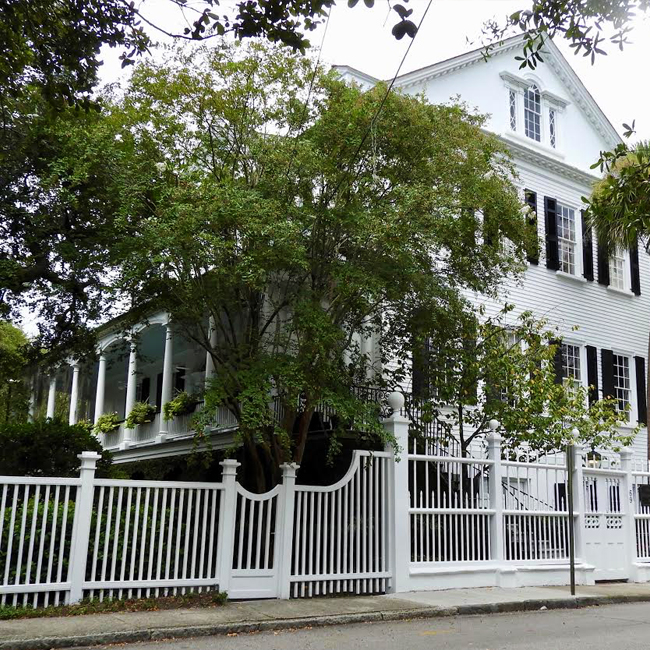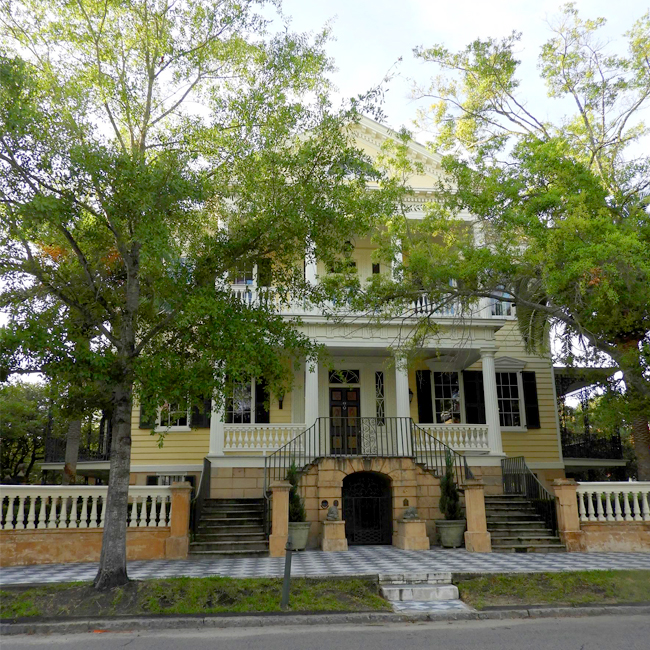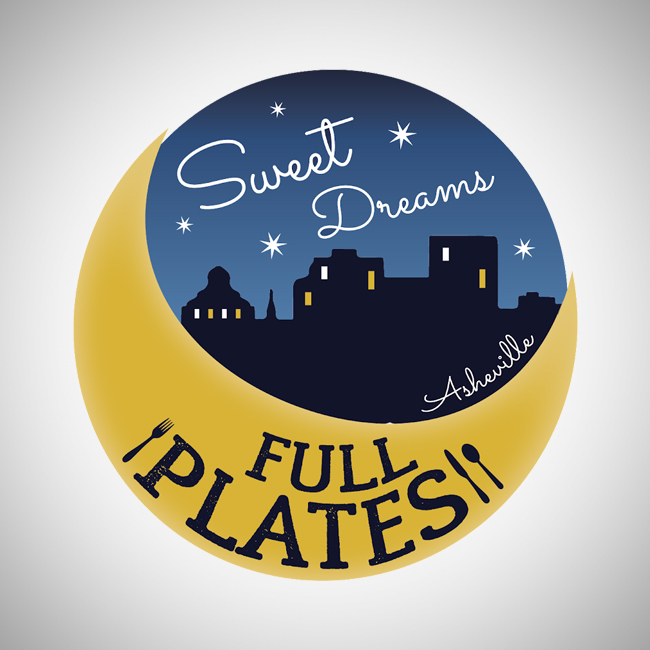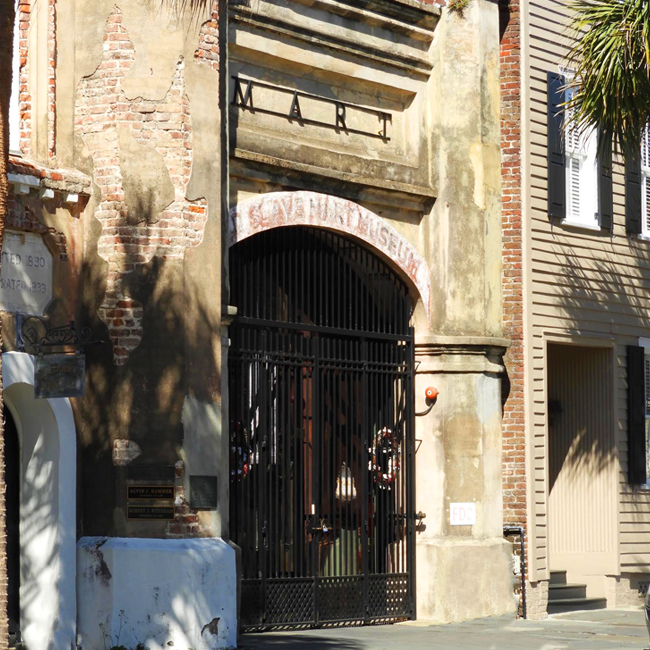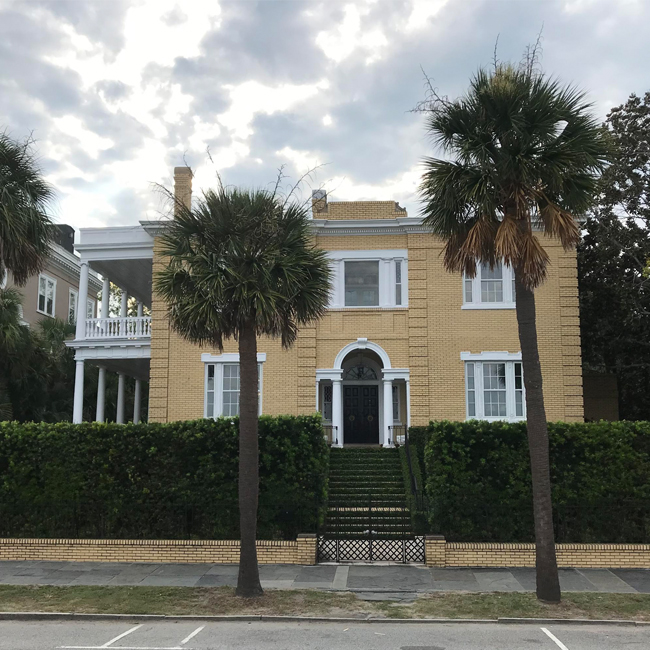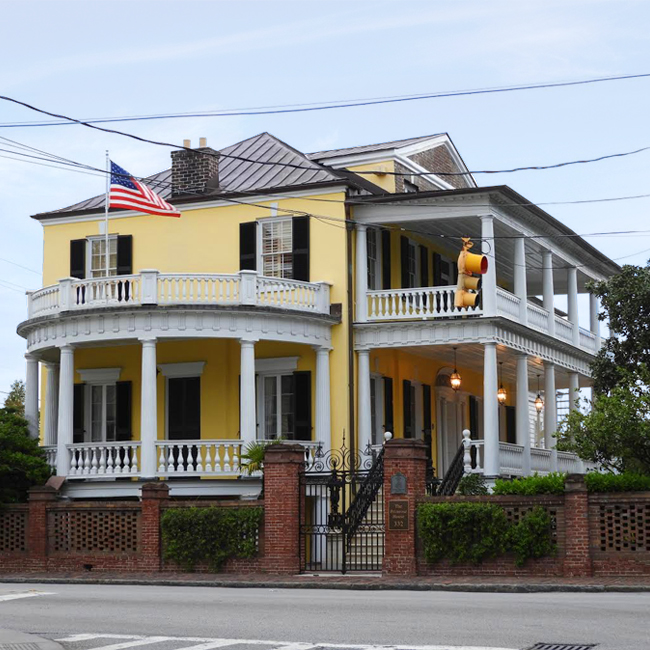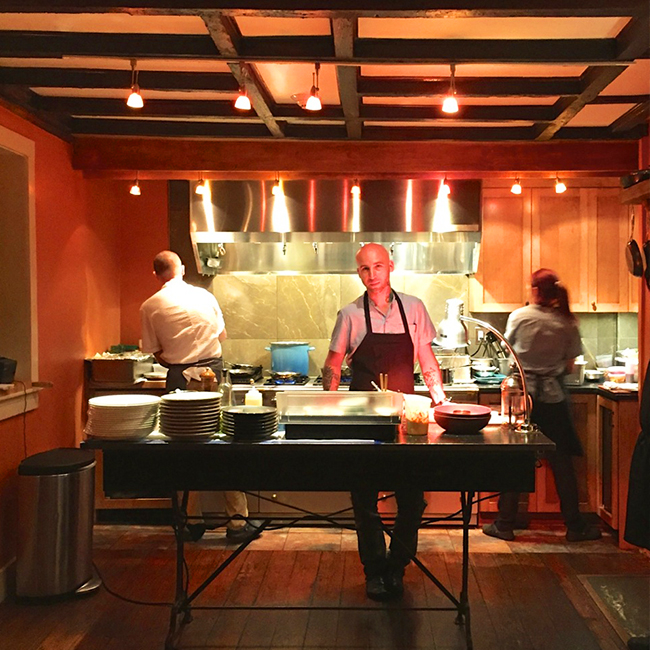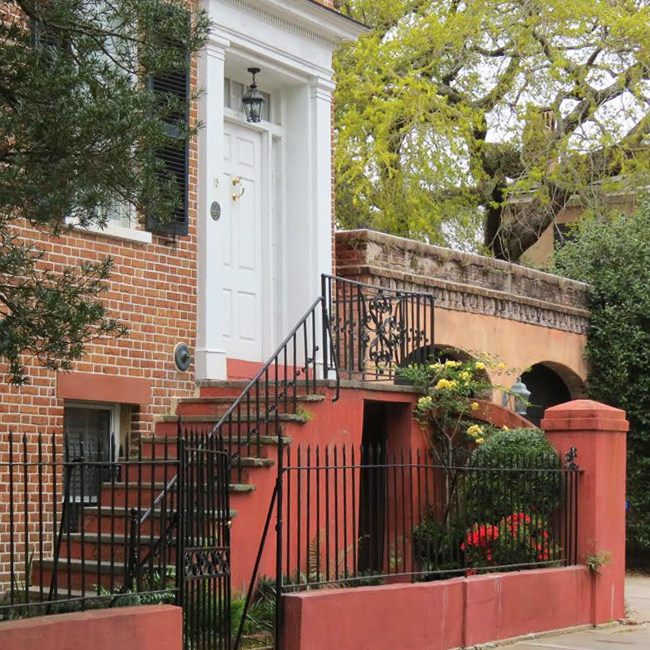It’s no secret that Charleston is full of historic homes that are rich in beauty and charm. People from across the globe visit the Holy City to admire the stunning architecture and stylish details that are featured in many of our historic houses.
Our iconic historic homes are a source of pride for Charleston. If you’re planning a visit to the Holy City or searching for real estate in Charleston, you’ll no doubt run into the beautiful characteristics that set our historic homes apart from other styles:

